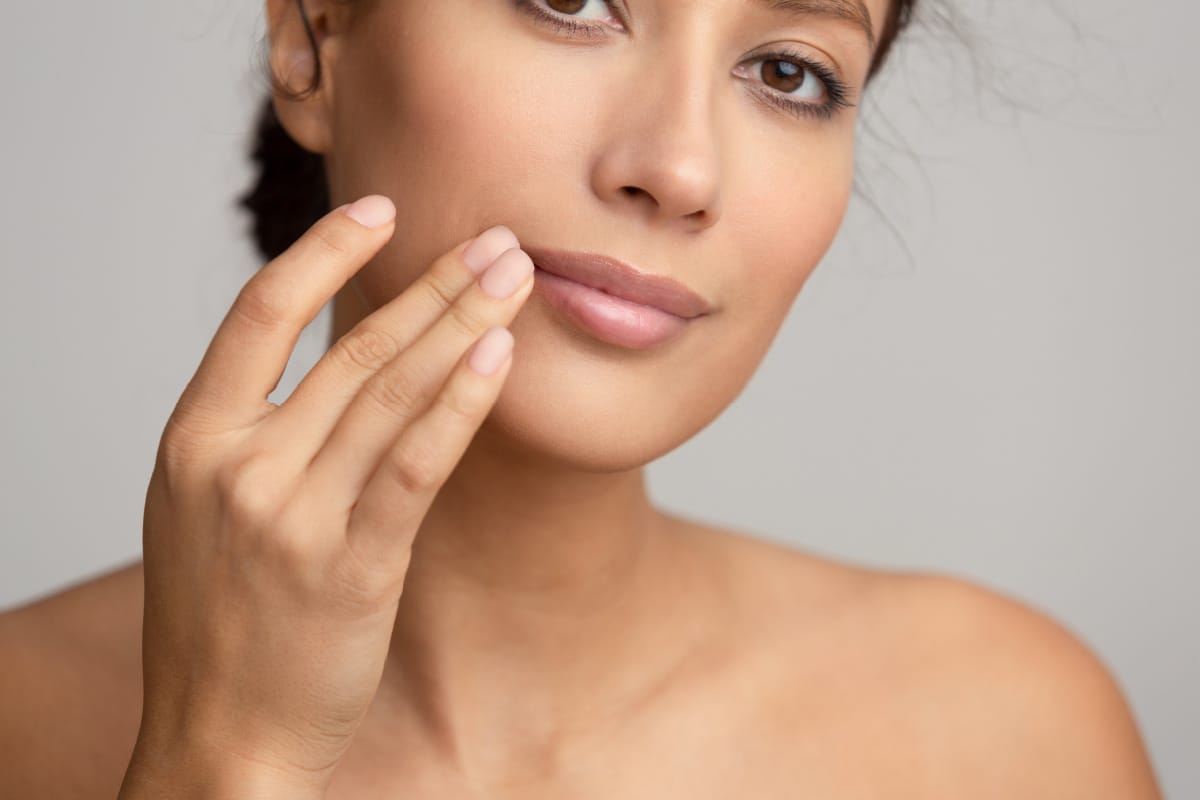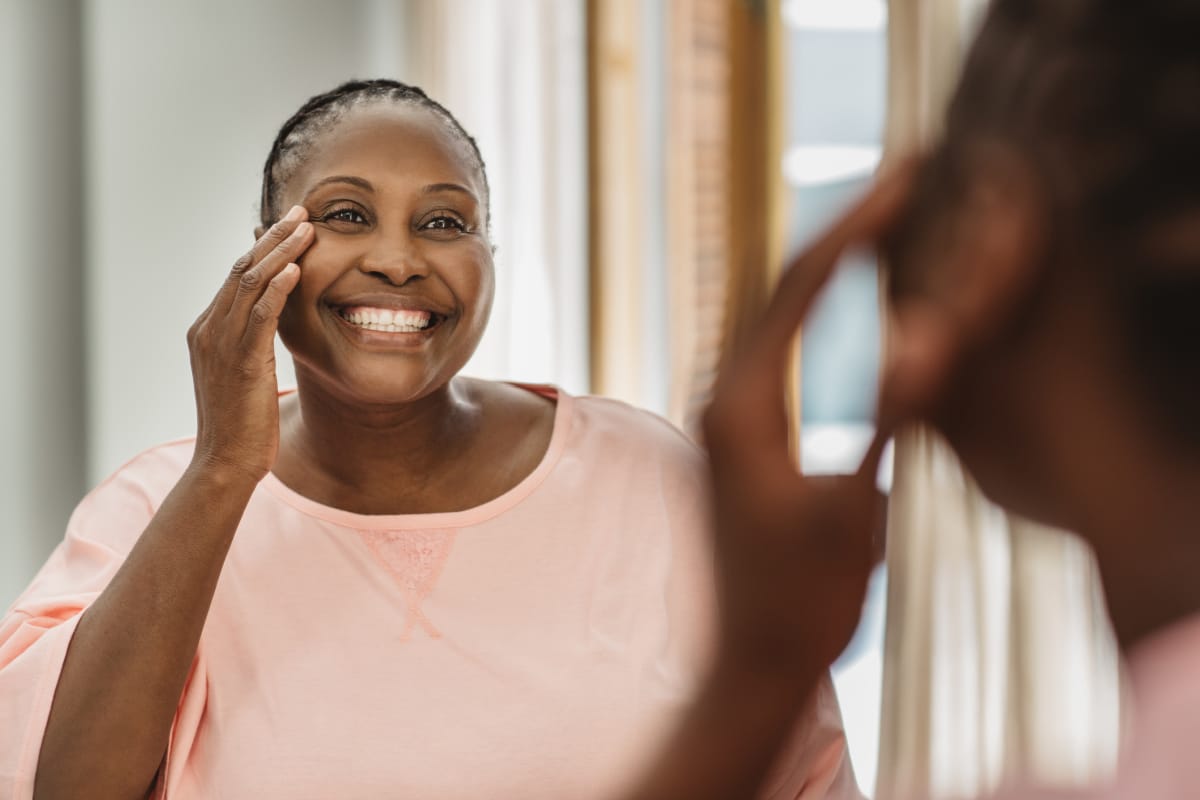Dermatologists have warned for years that indoor tanning can cause skin cancer and should be avoided. The doctors’ latest broadside comes in a selective review of scientific evidence on the risks and benefits of indoor tanning. Researcher Jody A. Levine, MD, is a pediatrician and senior dermatology resident at SUNY Downstate Medical Center in Brooklyn, N.Y.
“We know that ultraviolet radiation is a carcinogen just like tobacco,” Levine tells WebMD. “Radiation use has been declared a carcinogen by the National Institutes of Health. And the World Health Organization recognizes that no person under 18 should use a sun bed.”
Levine and colleagues conclude that indoor tanning is a dangerous practice — especially for teens. The American Academy of Dermatology and the American Medical Association have called for a ban on the sale and use of tanning equipment for nonmedical purposes. And the FDA and CDC each encourage people to avoid the use of tanning beds and sun lamps.
Levine and colleagues say the indoor tanning industry promotes one dangerous myth: That getting a “base tan” or a “pre-vacation tan” will protect you from planned sun exposure.
This “particularly dangerous practice,” Levine and colleagues say, actually multiplies the amount of radiation a person gets from sun exposure.
“People think this base tan will help protect them from the sun’s damaging rays, which is completely false,” Levine says. “Tanning under the sun gives protection equal to only suntan lotion of SPF 3 — and sun-bed tanning gives even less protection than natural sun tan. The risk is not just the double hit of radiation. After getting a base tan, people are more likely to go out in the sun without sunscreen under the false pretense of being protected.”
Until recently, it was thought that sun exposure caused relatively minor skin cancers but not deadly melanoma. Levine and colleagues say that this new evidence strongly implicates sun exposure — and indoor tanning — as a cause of melanoma.
QUICK FACTS:
* Ultraviolet radiation (UVR) is a proven human carcinogen, according to the U.S. Department of Health and Human Services.1
* New high-pressure sunlamps emit doses of UVR that can be as much as 12 times that of the sun.1
* Nearly 30 million people tan indoors in the U.S. every year3; 2.3 million of them are teens.5
* On an average day, more than one million Americans use tanning salons.7
* Seventy one percent of tanning salon patrons are girls and women aged 16-29.
* Exposure to tanning beds before age 35 increases melanoma risk by 75 percent.2
* People who use tanning beds are 2.5 times more likely to develop squamous cell carcinoma and 1.5 times more likely to develop basal cell carcinoma.6
* The indoor tanning industry has an annual estimated revenue of $5 billion.5
Physicians advise parents to explore safer, alternative means for their children to acquire a tan. Teens should know about the options, which include self-tanners in the form of creams and gels.
Bottom Line:
Get the look you like without the damage that can occur with tanning equipment.
1. “11th ROC: Ultraviolet Radiation Related Exposures.” 27 January 2005. U.S. Department of Health & Human Services. 15 April 2008.
Link .
2. IARC. The association of use of sunbeds with cutaneous malignant melanoma and other skin cancers: A systematic review. International Journal of Cancer. 2007:120:1116-11
3. Kwon HT, Mayer JA, Walker KK, Yu H, Lewis EC, Belch GE. Promotion of frequent tanning sessions by indoor tanning facilities: two studies. J Am Acad Dermatol 2003; 46:700-5.
4. Swerdlow AJ, Weinstock MA. Do tanning lamps cause melanoma? An epidemiologic assessment. J Am Acad Dermatol 1998; 38:89-98.
5. Demierre MF. Time for the national legislation of indoor tanning to protect minors. Arch Dermatol 2006; 139:520-4.
6. Karagas MR, Stannard VA, Mott LA, Slattery MJ, Spencer SK, and Weinstock MA. Use of Tanning Devices and Risk of Basal Cell and Squamous Cell Skin Cancers. J. Natl. Cancer Inst. 2002 94: 224; doi:10.1093/jnci/94.3.224
7. Whitmore SE, Morison, WL, Potten CS, Chadwick C. Tanning salon exposure and molecular alterations. J Am Acad Dermatol 2001; 44:775-80.


